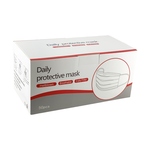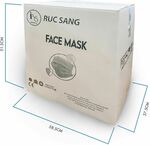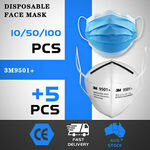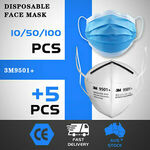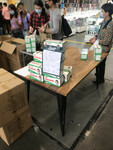A surgical mask, also known as a face mask, is intended to be worn by health professionals during healthcare procedures. It is designed to prevent infections in patients and treating personnel by catching bacteria shed in liquid droplets and aerosols from the wearer's mouth and nose. They are not designed to protect the wearer from breathing in airborne bacteria or viruses whose particles are smaller.
Despite their name, not all surgical masks are appropriate to be used during surgery. Surgical masks may be labeled as surgical, isolation, dental, or medical procedure masks. Chinese health officials distinguish between medical (non-surgical) and surgical masks.Surgical masks are made of a nonwoven fabric created using a melt blowing process. They came into use in the 1960s and largely replaced cloth facemasks in developed countries. The use of surgical masks during the COVID-19 pandemic has been a subject of debate, as shortages of surgical masks is a central issue.
Surgical masks are popularly worn by the general public all year round in East Asian countries like China, Japan and South Korea to reduce the chance of spreading airborne diseases to others, and to prevent the breathing in of airborne dust particles created by air pollution. Additionally, surgical masks have become a fashion statement, particularly in contemporary East Asian culture bolstered by its popularity in Japanese and Korean pop culture which have a big impact on East Asian youth culture.
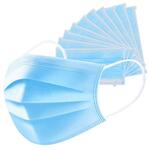
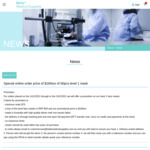
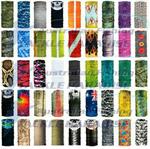


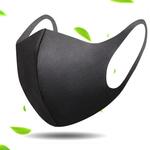

![3 Ply Disposable Face Mask - ASTM Lv3, ATRG 352122 (50 Pack) $55 Delivered @ U Chance [NSW]](https://files.ozbargain.com.au/n/16/595916.jpg?h=ae66eccc)

